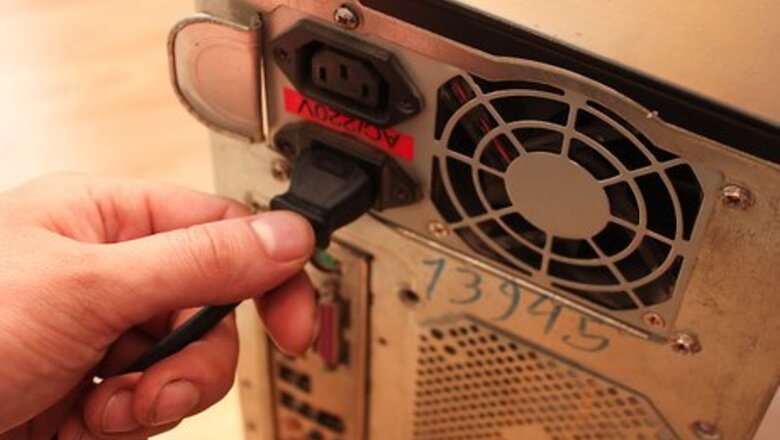
views
Unplug your computer before opening the case.
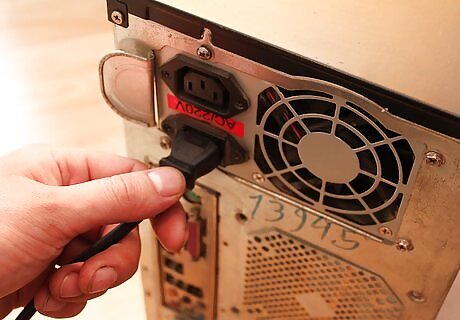
Wear a static wrist guard if possible to ground yourself. Or, touch the metal case before handling anything inside. This grounds any static charge you may have.
Consider other options first.
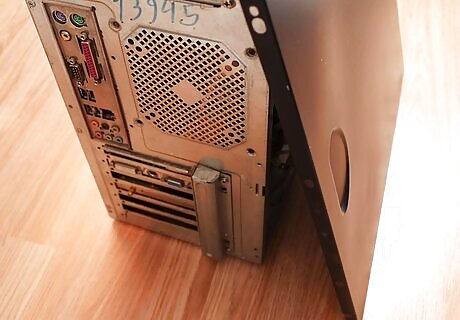
Overheating issues are also often caused by poor air circulation in the computer case. If you have space, adding another fan can help. Also, you should regularly open the case unplug all the cords and carefully take your computer system outside use a can of compressed air or an air compressor. A small vacuum is a good second choice but you have to be careful not to hit any internal components with it, and avoid touching the circuit boards with anything. Take your time and be very thorough with this step. Also, take a cotton swab dabbed in some rubbing alcohol and go over the internal case components to get them very clean. You can go over the external case with a rag and a little bit of water. Allow your system 2 hours to dry out before turning it back on.
Unplug the CPU fan.
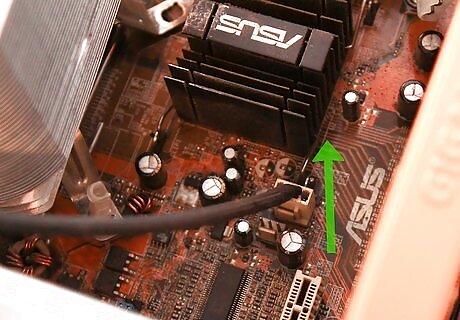
Remove the small CPU fan plug from the motherboard. Grasp the plastic end and pull carefully until it comes out. Don't pull it by the wires.
Remove the CPU fan.
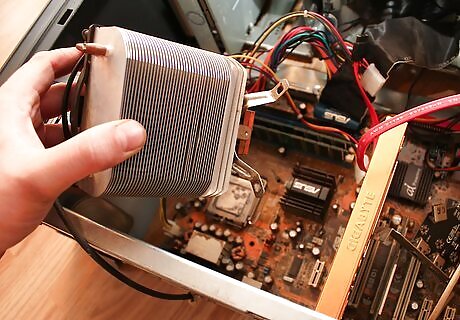
The fan may be held in place on the motherboard by four Phillips screws or a lock-down lever. Remove the fan from the unit.
Release the CPU.
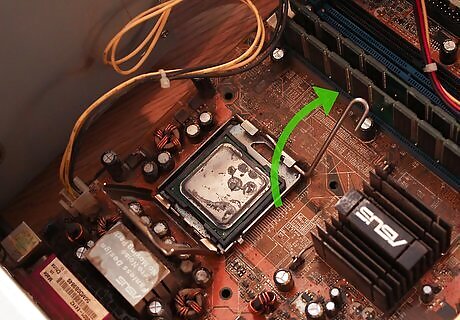
The CPU is often held in place by a small lever. Lift the lever to release the processor. Take care not to drop the processor or pull it off if it's stuck. Dropping the processor will likely damage it. Alternatively, it may be stuck to the heat sink by thermal paste. Try to separate them. A credit card-type card can be useful for this step, but don't damage the CPU trying to pry them apart.
Clean out the heat sink.
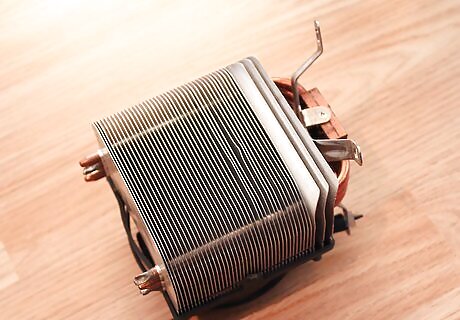
Blast compressed air directly on the heat sink. It only takes a few good squirts to clean a blockage. If it's persistent, allow a few seconds before repeating.
Carefully wipe off any residual thermal paste.
Use a clean cotton bud or paper towel. Dip the cotton swab into a little bit of isopropyl alcohol and wipe down the old thermal paste—it should completely go away. Then, clean off the surface with the dry end of the swab.
Replace the CPU in its socket.
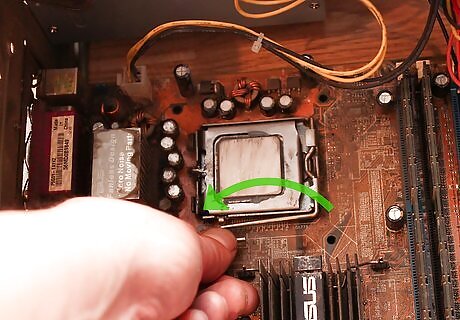
Make sure the CPU is secure. Push down the lever if necessary.
Apply a thin layer of thermal paste to the top of the CPU.
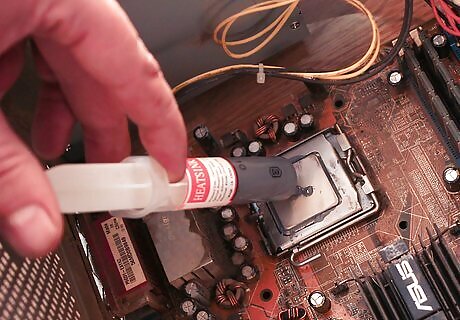
It only takes a small amount. Too much can cause overheating problems all over again. A single rice grain's worth of thermal paste is all you need. If you add too much, you risk creating air pockets, which prevents you from getting a good thermal transference.
Replace the heat sink.
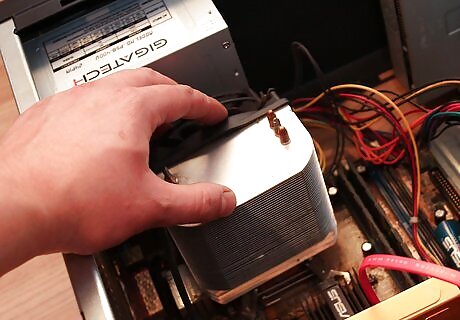
Clip the clip back in. Secure the fan back on. Plug it back into the motherboard.
Tidy up the case.
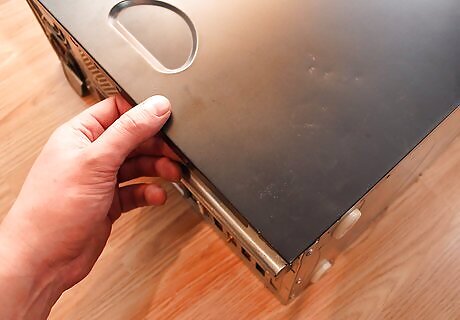
Make sure stray wires are secured away from fans. Then, put the cover back in place. Once your PC is put back together, plug it in and test it out.

















Comments
0 comment